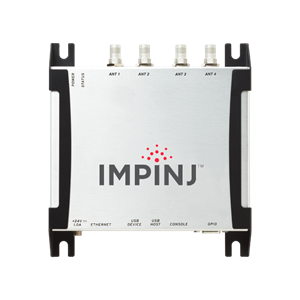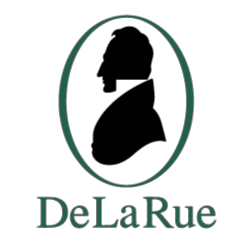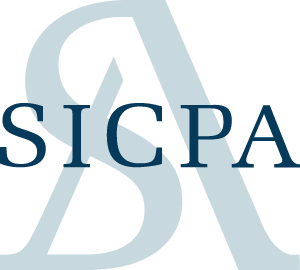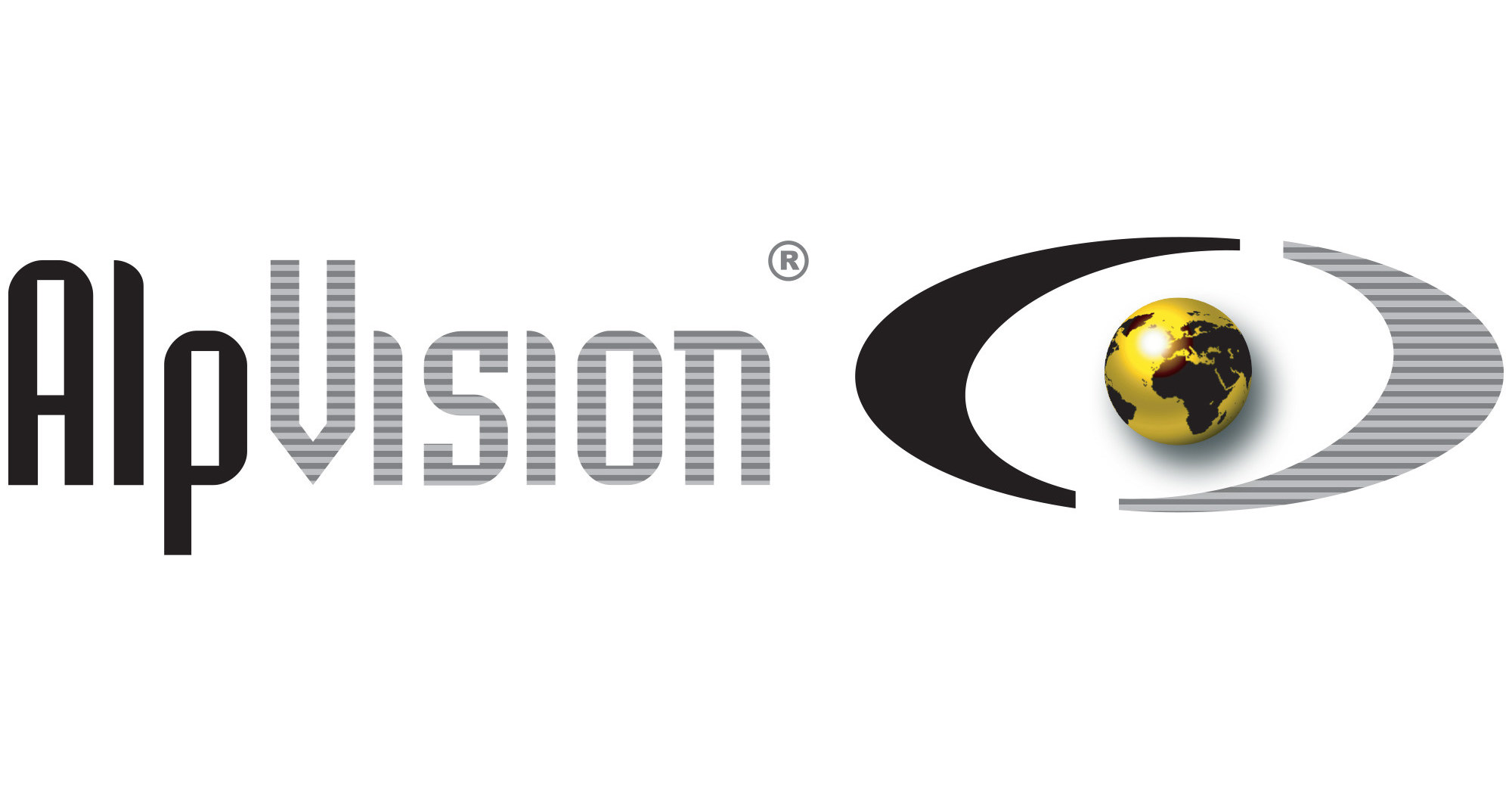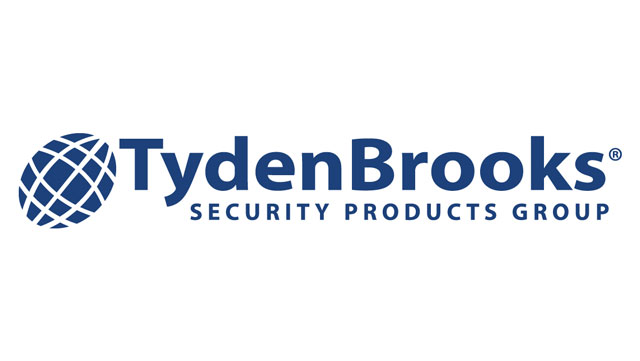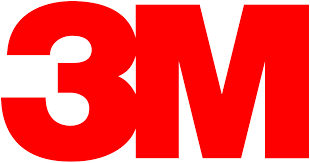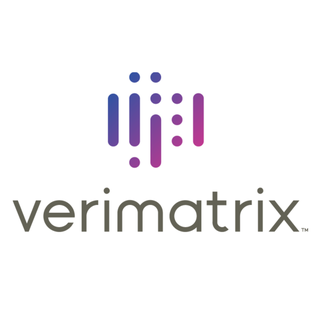Focus area: Expertise in using QR codes for various applications including compliance information and an enhanced secure QR code for anti-counterfeiting. Flexible offerings that can include other anti-counterfeiting systems such as anti-tampering (mechanical).
Region: Europe, Middle East, African continent, East and Southeast Asia, U.S.A.
Known Clients: Dupont, Motul, Exxon Mobil, Amway, Fortune 500 companies
Products: Secure QR code, Intelligent Redirect
Advantages: Works with existing product label and packaging printing systems. Can be authenticated without specialized equipment: a mobile phone with a camera and internet connection is sufficient.
Best for: When the anti counterfeiting solution must work with existing printing and manufacturing processes. For projects where there is flexibility for authentication by end users, supply chain operators, and inspectors alike is needed. Also ideal when additional benefits, like traceability, consumer engagement and compliance, can be combined with and complement anti counterfeiting features.
Learn more about Scantrust anti-counterfeiting solutions

